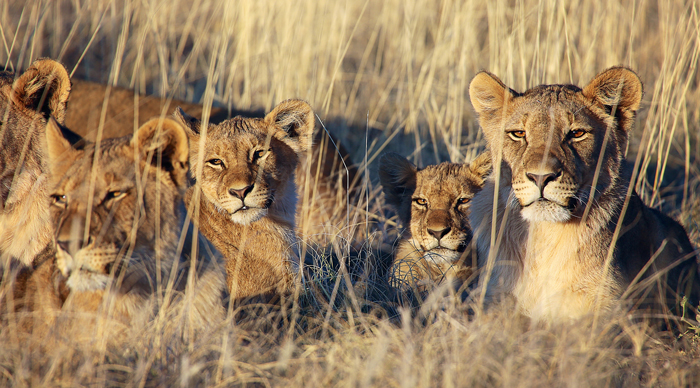MPHO MATSHEDISO
According to a study conducted by the International Union for Conservation of Nature (ICUN) the African continent has a total of 9610 wild lions. Information gathered by this study further reveals that approximately 66 Lion Conservation Units (LCU) in the western and central parts of the continent have lion populations extinct, these include among others Boucle Baule in Mali, Comoe-Leraba in Burkinabe, Biu White Volta in Ghana.
In the western part of the continent the causes of this decline in the number of lions are civil strife with the W-Arly-Pendjari (This is a park in north western Benin and occupies some parts of Burkinabe and is recognized as a UNESCO world heritage Centre), these civil strives have contributed to over 1,900 civilian deaths. The other causes of this decline in lion numbers is the insatiable appetite for bush meat especially in the Democratic Republic of Congo. It is also worth noting that lion prey is a lesser contributor to lion mortality. The poaching is mostly done to feed the ever-increasing commercial market. However, another cause of the decline in lion numbers is the human settlements as well as procurement of land for subsistence agriculture.
In South Africa, the Kruger national park is a lion strong hold in the southern part of the continent. The cause for decline in lion numbers at this famous park has recorded the highest numbers in rhino poaching while farmers in the eastern part of the continent lost their livestock because of lions preying on them, this is referred to as “retaliation killings”. Another recent discovery which has been seen as a cause for the decline in lion numbers is the demand for their teeth, claws and bones, these are known marketable commodities in the illegal wildlife trade.
Efforts to fight this decline in lion numbers in Botswana has seen the government put an end to trophy hunting of all wild species on public land following surveys that indicated a great loss of wildlife over the past several years. Despite a considerable income from tourism to Botswana’s Gross Domestic Product, there is still a disconnect between Government support of livestock versus wildlife and hence the Department of Wildlife and National Parks needs to do much better in terms of conservation planning and implementation.
Our neighbours South Africa have allowed for lions to be placed in private hands and captive breeding largely supplies the trophy hunting industry. This development has seen over 10,000 successful lion programmes. Another interesting development is that South Africa have allowed for exports of bones by captive breeders to supply highly dubious “Traditional Chinese Medicine” suppliers.
In preserving lions for the future, it has been found out that western and central African lions are genetically distinct from the ones found in the eastern and southern African of Africa, analyses have shown that western and central African lions are more closely related to remaining lions in India. Their alarming decline has not received the highly dedicated corrective conservation attention needed from any major conservation agency. Zambia and Zimbabwe are known not to have implemented national lion conservations.

